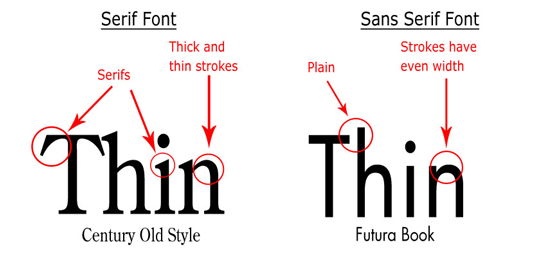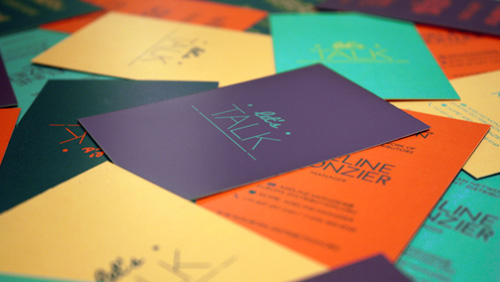Since color is essential to creating a seamless website, using the right color elements is critical, as it aids in creating emotional ties with users.
Whatever industry you are in, website color elements are critical for improving user experience and creating emotional bonds with users. Hiring a UX design company to assist you in creating the best color scheme for your website to establish brand communication and improve UX (User Experience).
But what is the significance of color in improving UX, and how does it create emotional connections with users? This section will discuss the importance of colors in improving UX, how they affect the user purchasing experience, and choosing the correct color elements for your brand’s website.
What is the Importance of the Psychology of Color in UX Design?
According to studies, color is an excellent tool for communication for signaling action, influencing mood, and even eliciting emotional responses. Colors are widely used in marketing to improve user experience, and businesses use color psychology to impact their target market.
Color standards are followed in UX design to improve user experience, but this varies by culture. Website designers use two primary colors, one neutral and one darker shade, as well as dynamic, light, and eye-catching colors. Vibrant colors highlight essential website elements, while muted colors provide an integrated look.
Factors Why Colors Affect User Experience
Colors are essential in marketing because they help your brand or services be easily recognized and distinguished from your industry. Here are some of the reasons why colors affect user experience.
- Colors create a positive image.
- Colors enhance user experience.
- It attracts more customers.
- Drive traffic to your website.
Users respond differently to colors and shades, and this distinction varies by age and gender. The psychology of colors is also affected by cultural variations.
Colors and Their Uses
Colors have different representations and meanings, which affect the user experience. As a result, it is critical to collaborate with professional UX designers who understand how to use color elements to improve user experience.
Red
Typically represents love and affection. In contrast, it denotes danger, emergency, and relief services. Since it signifies hunger, fast-food restaurants and food businesses utilize red.
Yellow
It symbolized hope, light, childhood, and joy. Yellow is for toys or items related to children. Yellow is energetic and vibrant but rarely used as the primary color because it flushes out other colors and causes eye fatigue.
Orange
Orange is the most widely used color in marketing, events, and food because it has a welcoming color vibe that radiates energy. Orange is the primary color most industries use, as it brings life to any brand.
Pink
Pink connects with femininity and romance. Pink products, such as cosmetics, wellness, and beauty, are aimed squarely at female customers.
Blue
Blue represents loyalty and trust. Websites like banks, social networks, insurance, etc., use this shade. Dark blue represents calmness and softness, whereas light blue represents intelligence and elegance.
Green
Green symbolizes nature and brings harmony and success. It represents ethical and environmentally friendly brands. Companies that use green to attract customers promote organic products and outdoor activities like hunting.
Brown
It is a reliable color that represents benevolence and environmental awareness. Because of its rustic, sturdy appearance, this color Brown is for furniture businesses.
White
White is another popular hue. UX designers choose a white background if the website they are working on uses colorful visuals. Most travel websites, hotels, and resorts apply white color.
Black
Black has a sophisticated appearance and is ideal for combining with any color. This color is versatile and is for automobiles and technology firms. It is widely employed in different sectors due to its versatility.
Gray
This color provides a polished appearance as well as an air of professionalism. Gray is a color that is in place of black and white. Silver is the primary color for web pages with a more expensive look, such as vehicle and jewelry businesses.
How to Choose the Right Color Element for Your Website?
Understanding color representation is critical for driving traffic and improving user experience. Working with web design professionals is essential to improve UX, and they have the knowledge to employ the right color for your website to complement your brand identity.
UX designers do not randomly pick colors; instead, they use methods and techniques to complement colors based on brands, culture, and strategic marketing.





